Every novice welders would have experienced these situation scenarios; poor weld bead characteristics include large spatter deposits, use of the wrong arc, higher or lower amperage levels and poor penetration. These common faults would be an interesting learning experiences to sharpen up the welding skills through the imperfections.
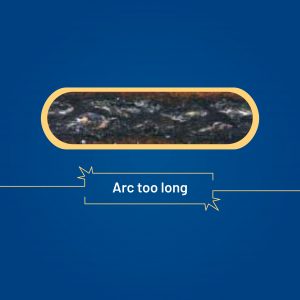
The increasing of voltage are due to too great distance between the rod and work resulting in a flat and wide weld with a great deal of spatter.
Apart from the unstable arc, the slag will be tough to remove from the edges of the weld. An excessive rod lead angle will also increase the arc length.
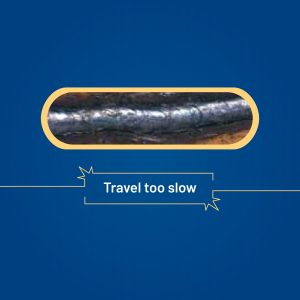
Welding too slow results in a wide tall build up the weld. The weld pool has built up and collapsed into the crater due to the shape of weld is not consistent.
Poor welding pool handling can result in cold joints and slag inclusions.
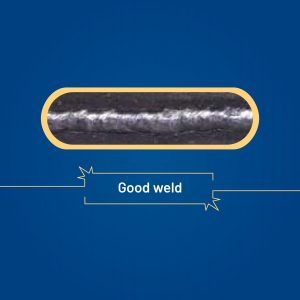
The bead and arc length with consistent profile and minimal spatter. The ridges in the weld are semi- circular.
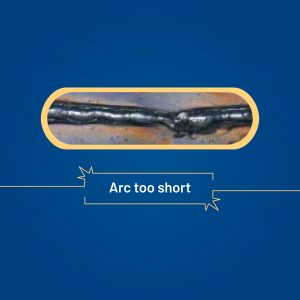
This weld was laid with the end of the rod covered by the molten slag. The weld surface will be uneven due to the dragged along by the rod. It contains slag inclusions and low on power.
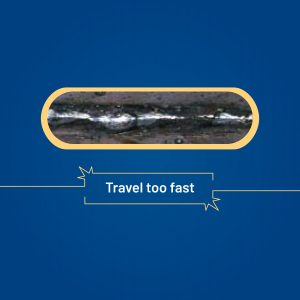
Excessive speed results in a thin, weak bead. The current bead increased to compensate for the speed the ridges would still remain elongated and triangular.
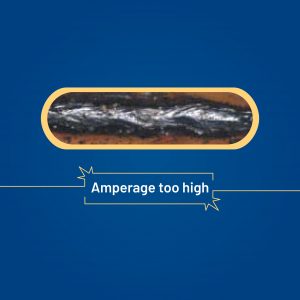
On the right of the weld, the wide, flat and irregular with a small undercut bead can be seen clearly. At the end of the weld, a deep crater has formed, results the slag difficult to remove from the edges of the weld.
The enormous current should not be compensated by excessive travel speed. Rapid cooling of the weld can results in slag inclusions.
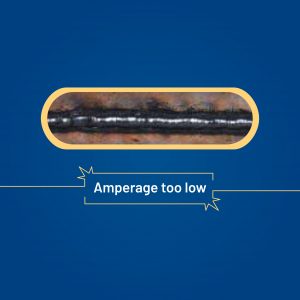
A tall and narrow bead lacking in penetration if setting the amps too low. The arc prone to straying towards one side of a joint in preference to other as the weld tough to start.


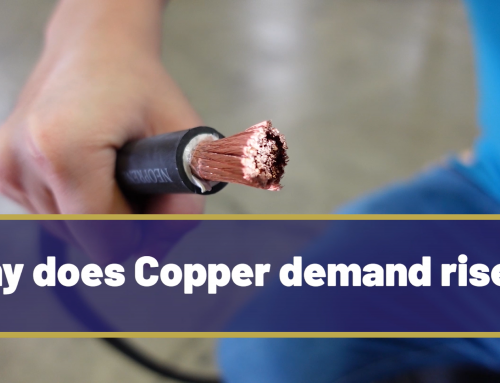
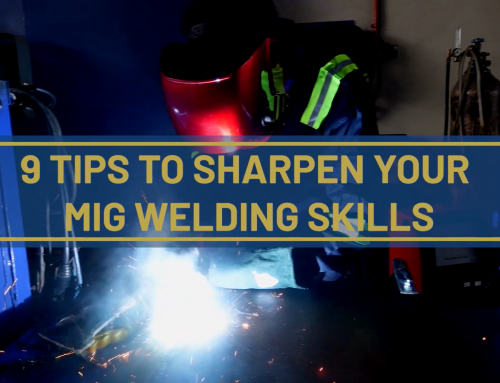
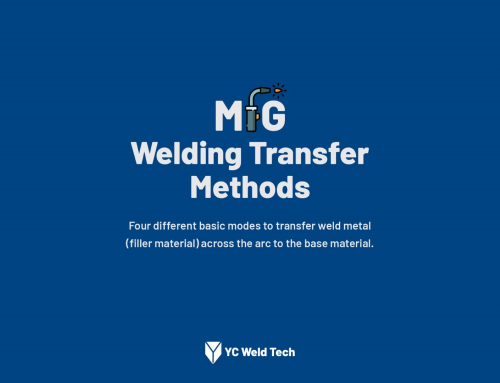


Leave A Comment
You must be logged in to post a comment.